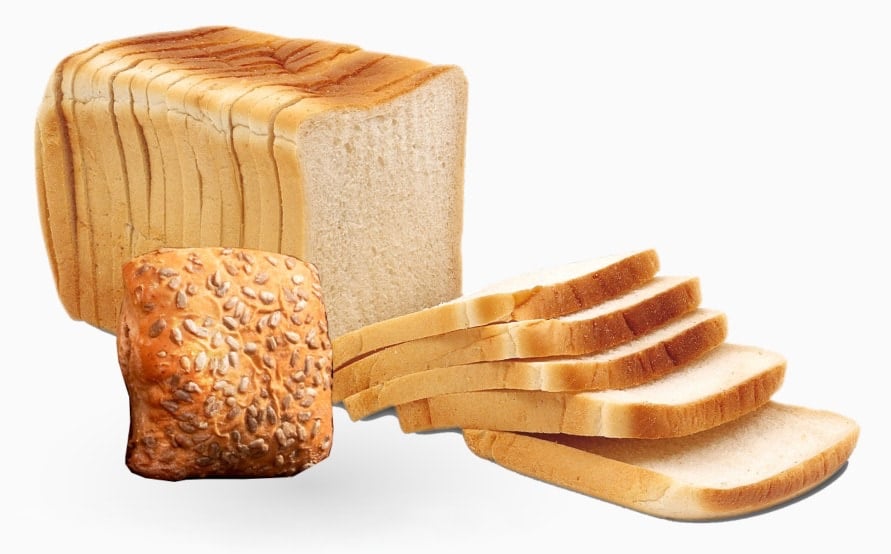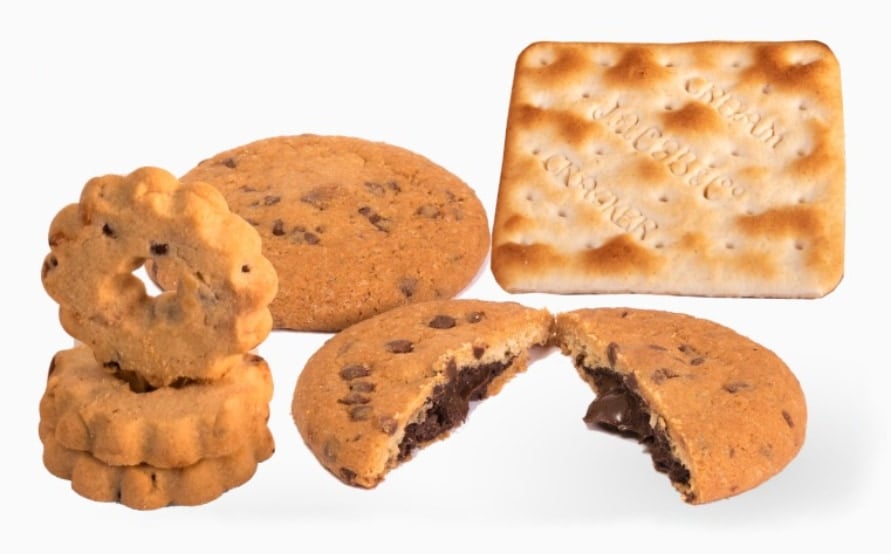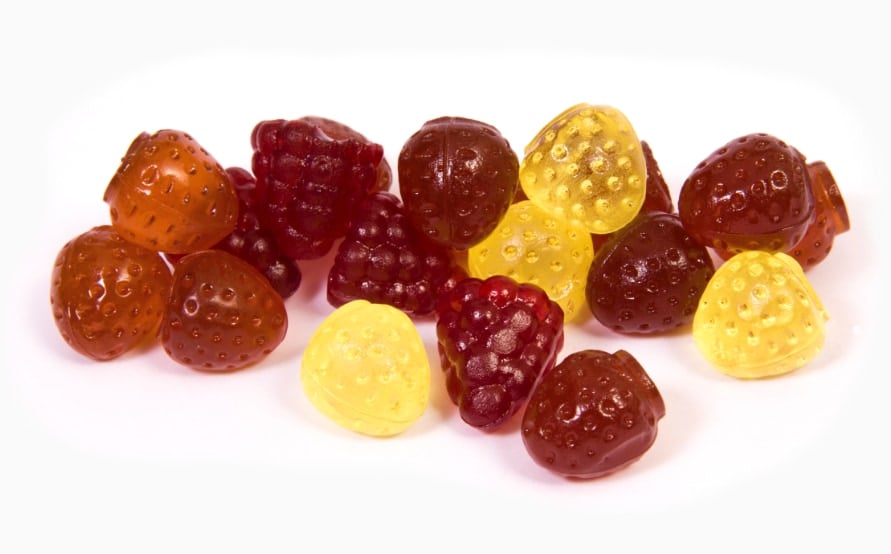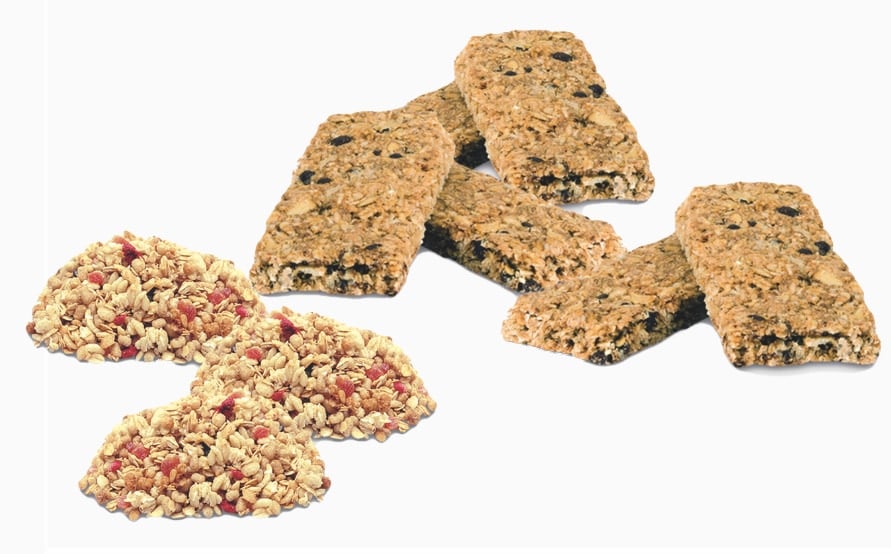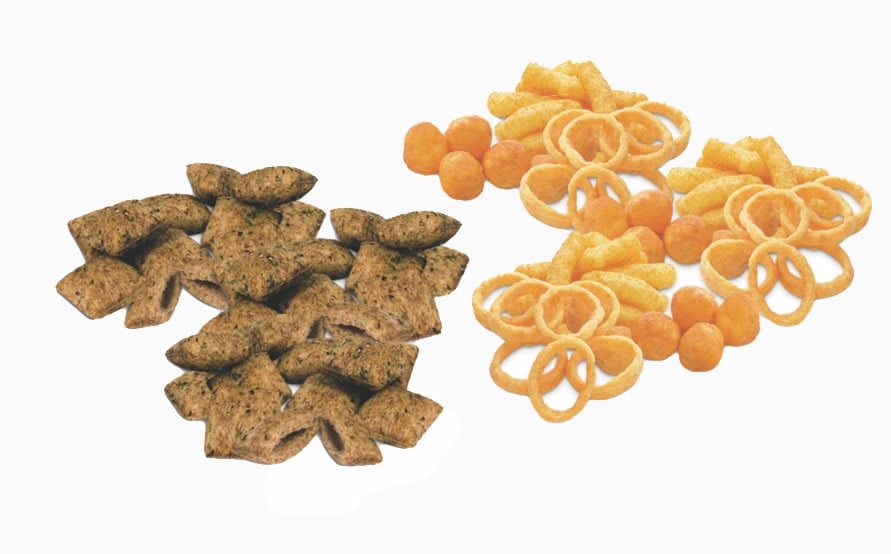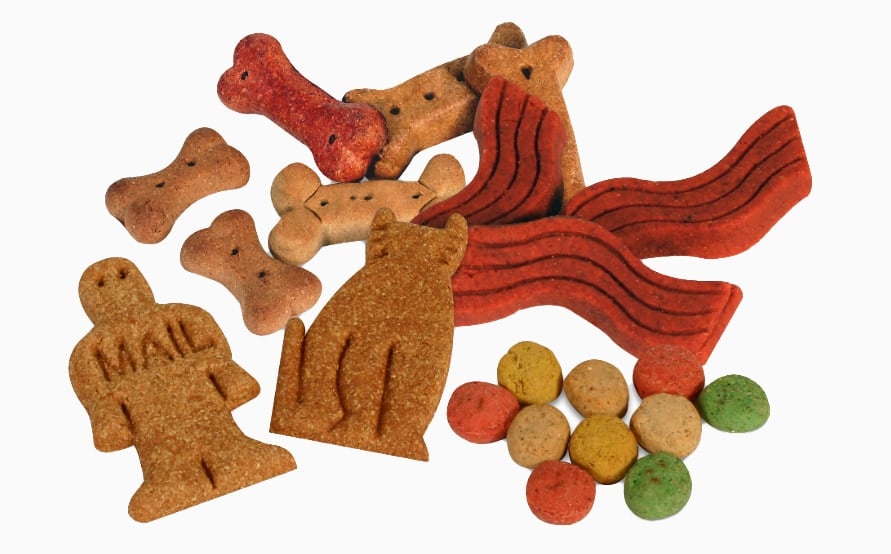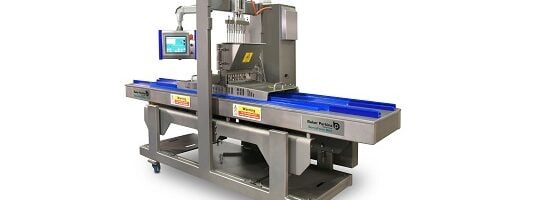Your Products
We Make Processes Work
Baker Perkins is one of the leading food processing equipment suppliers, with our technology integral to the success of many of the world’s leading food manufacturers across the bread, biscuit, confectionery, extruded foods and breakfast cereal sectors.
Part of the Schenck Process Group since 2020, over 100 years of engineering and process expertise and excellence combine with a commitment to ongoing innovation, technology and class-leading service and support, ensuring we remain at the forefront of our industry and our customers maintain their competitive edge.
This support and process refinement advice guarantees efficient and reliable operations that produce the highest end-product quality at the lowest running cost, time after time.
If you would like to represent Baker Perkins in your territory, first click below to see if we have any existing agents in your area.
If not, please contact us at [email protected]
Whatever your motivations, we offer a broad range of rewarding careers for motivated team players across manufacturing, design, project management, commissioning, sales and support roles.
We’re committed to the development of apprentices and graduates, and our well-established and proven training and placement schemes have set the standard for many years.
